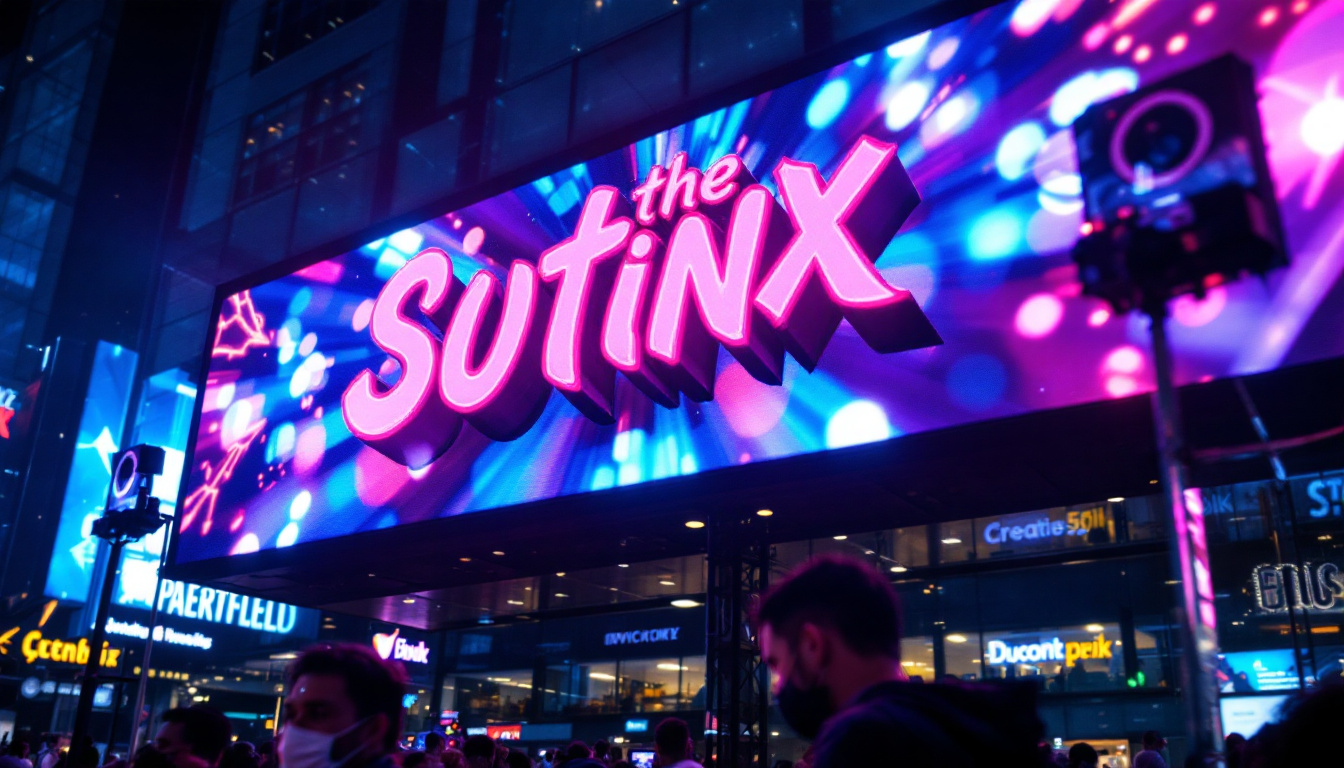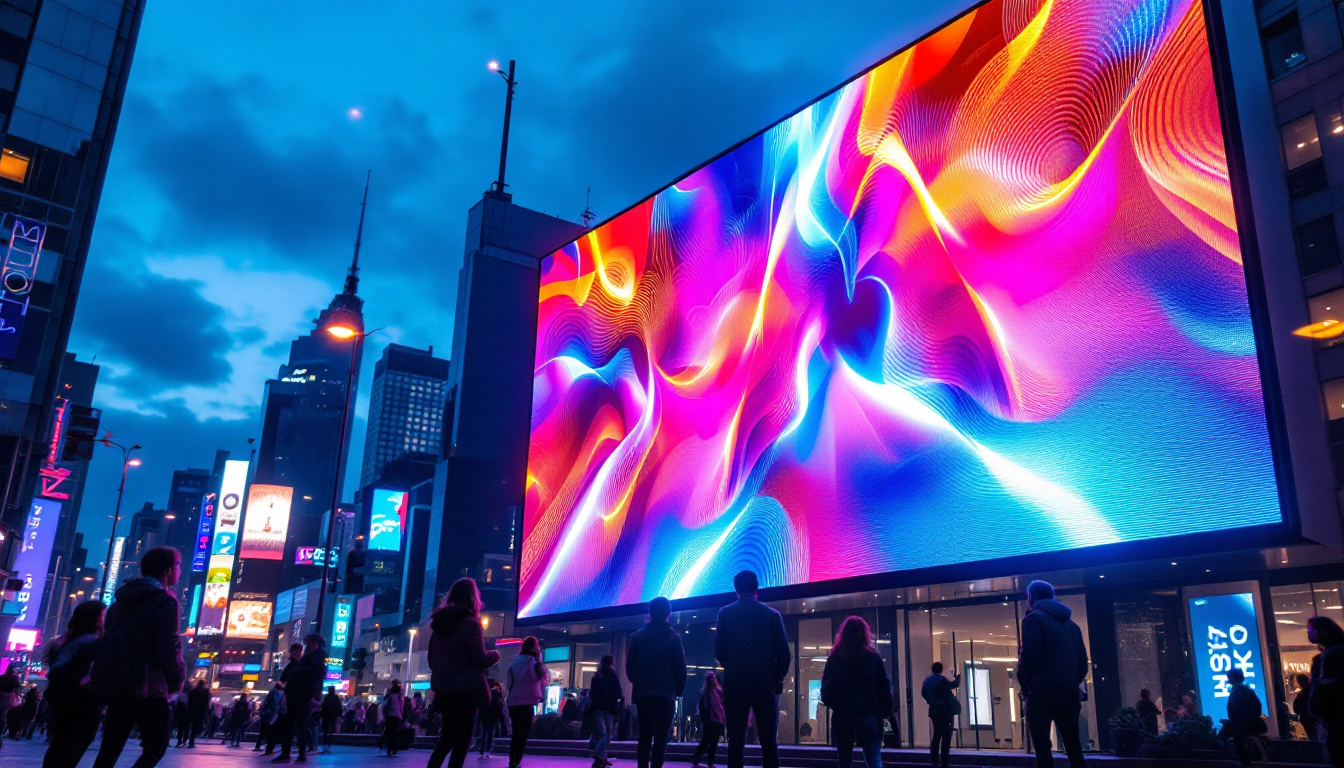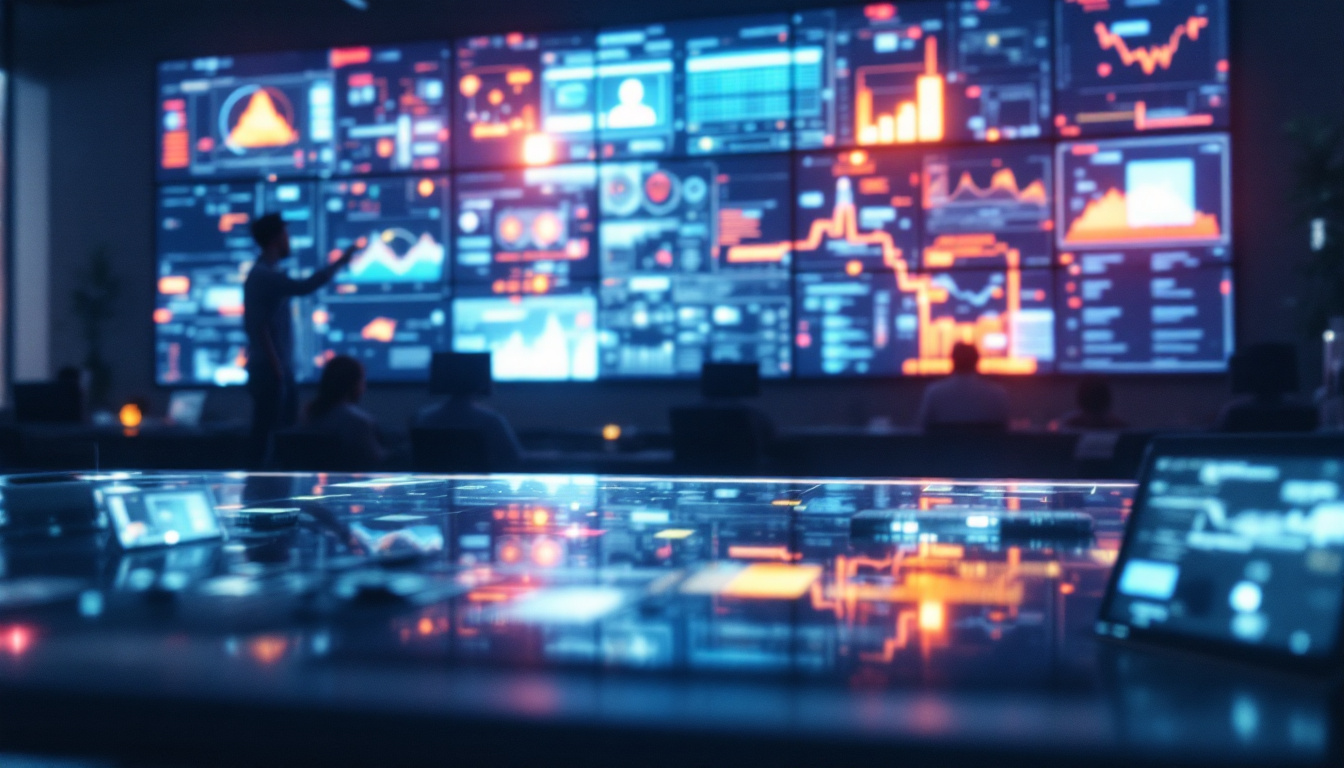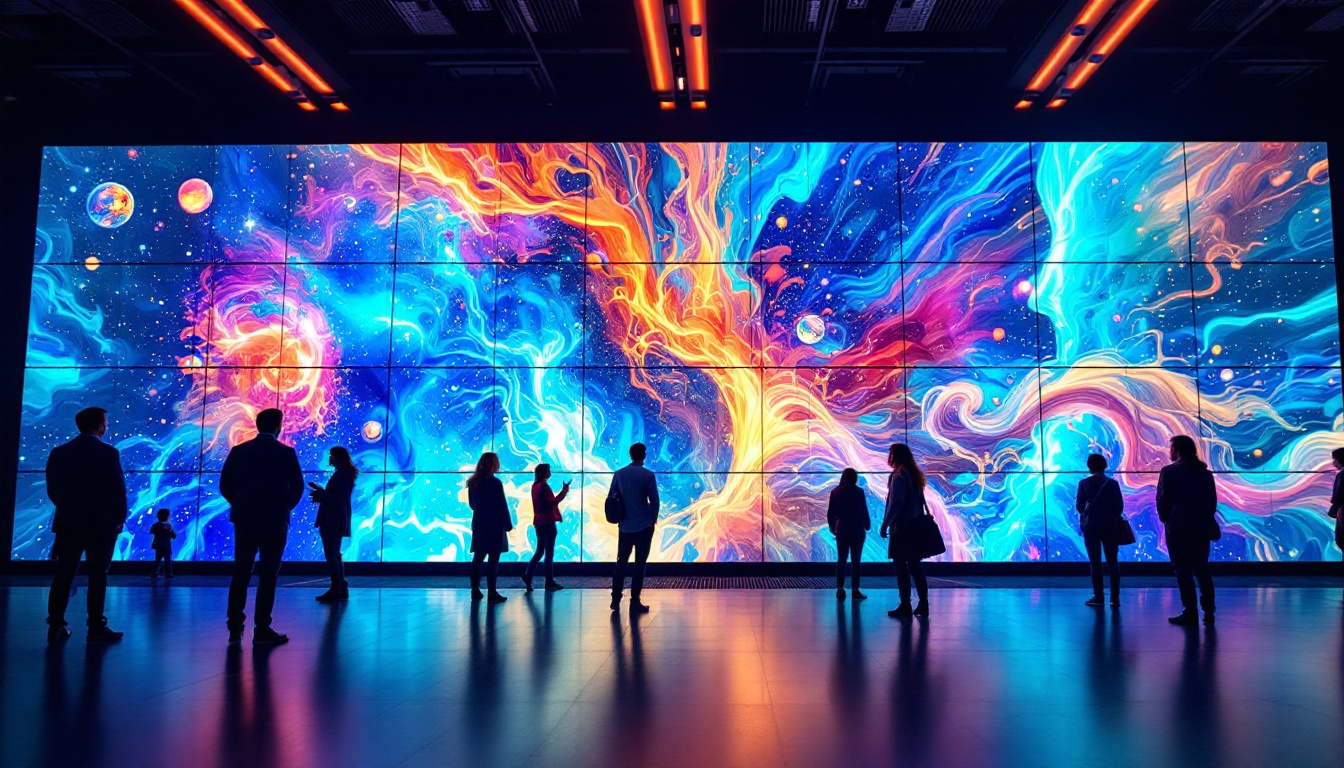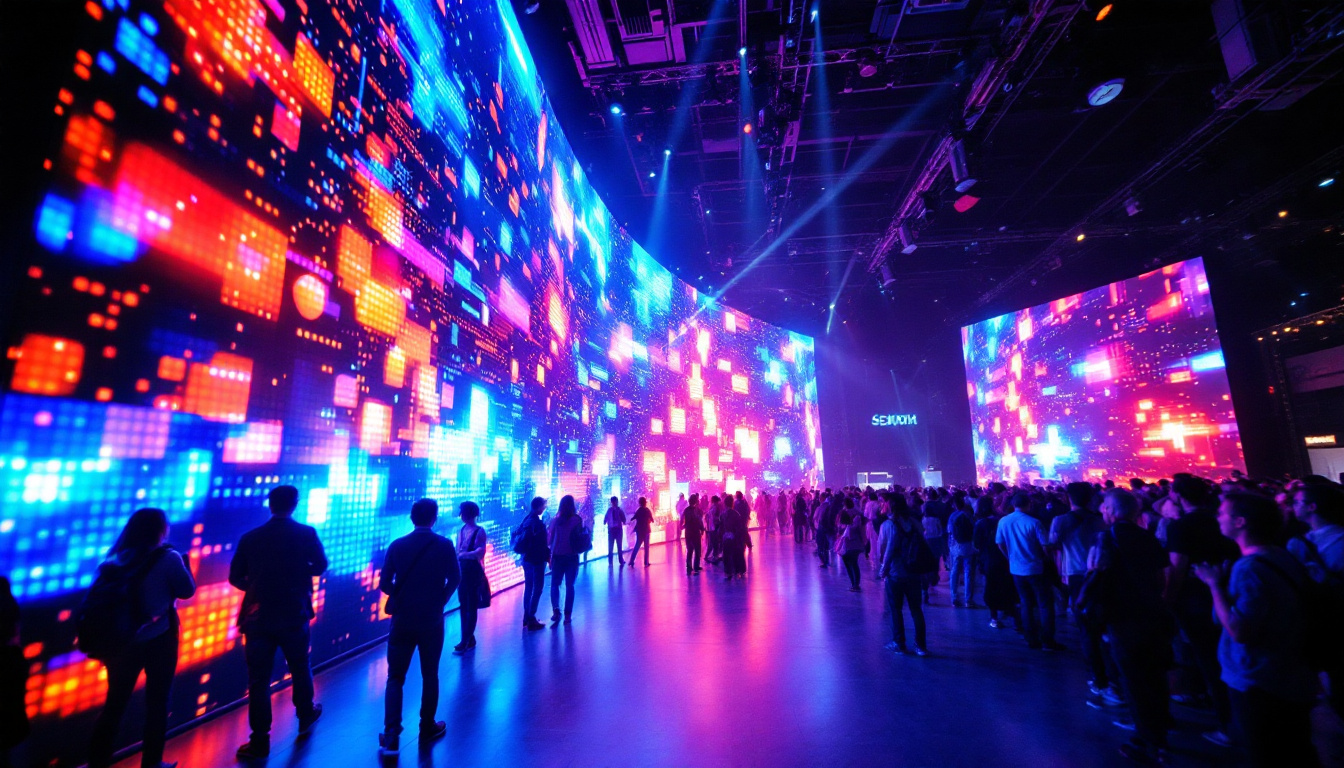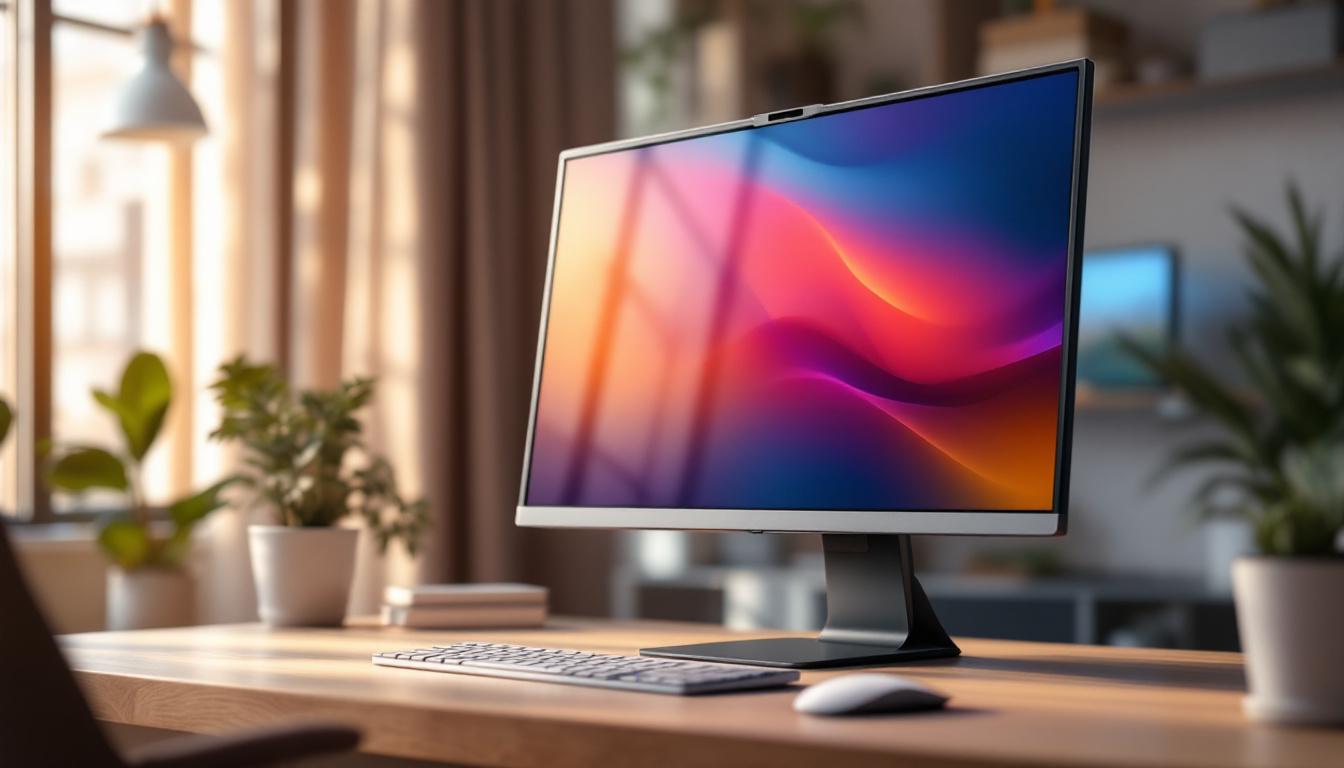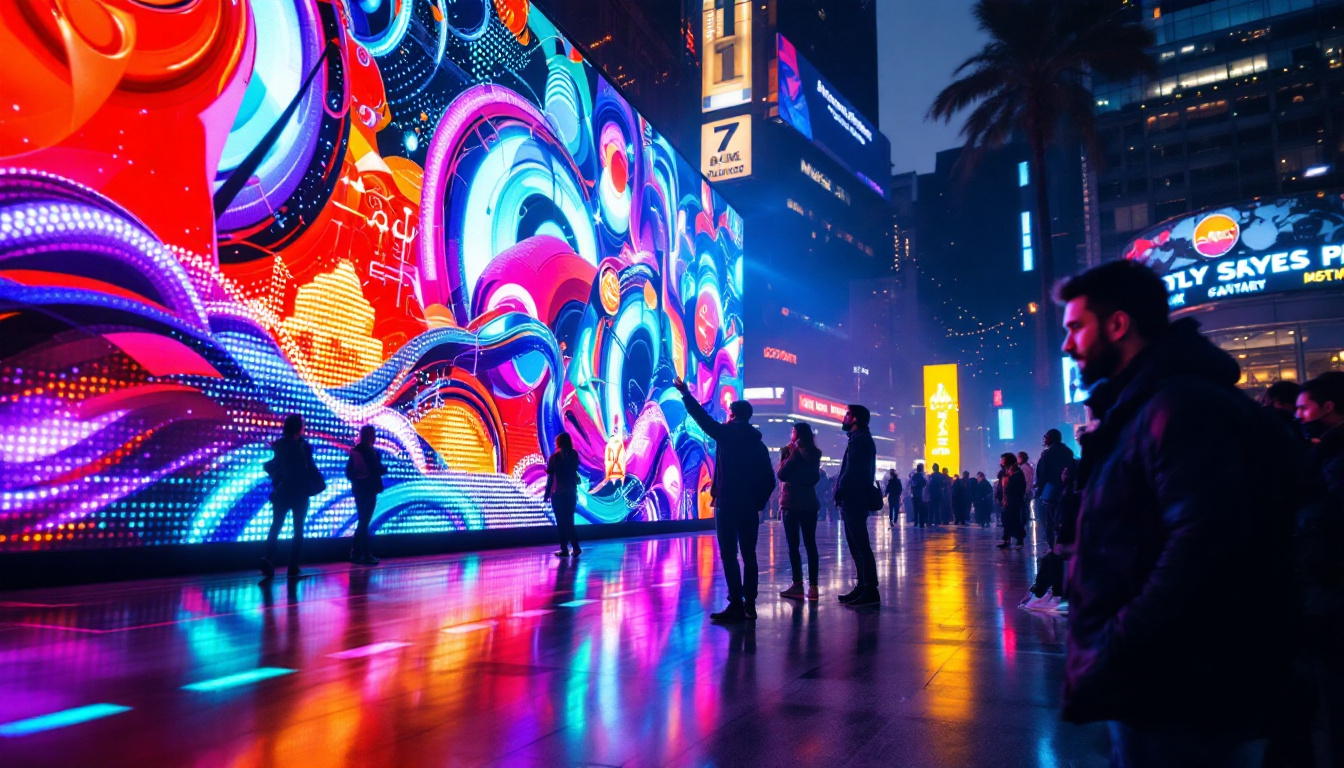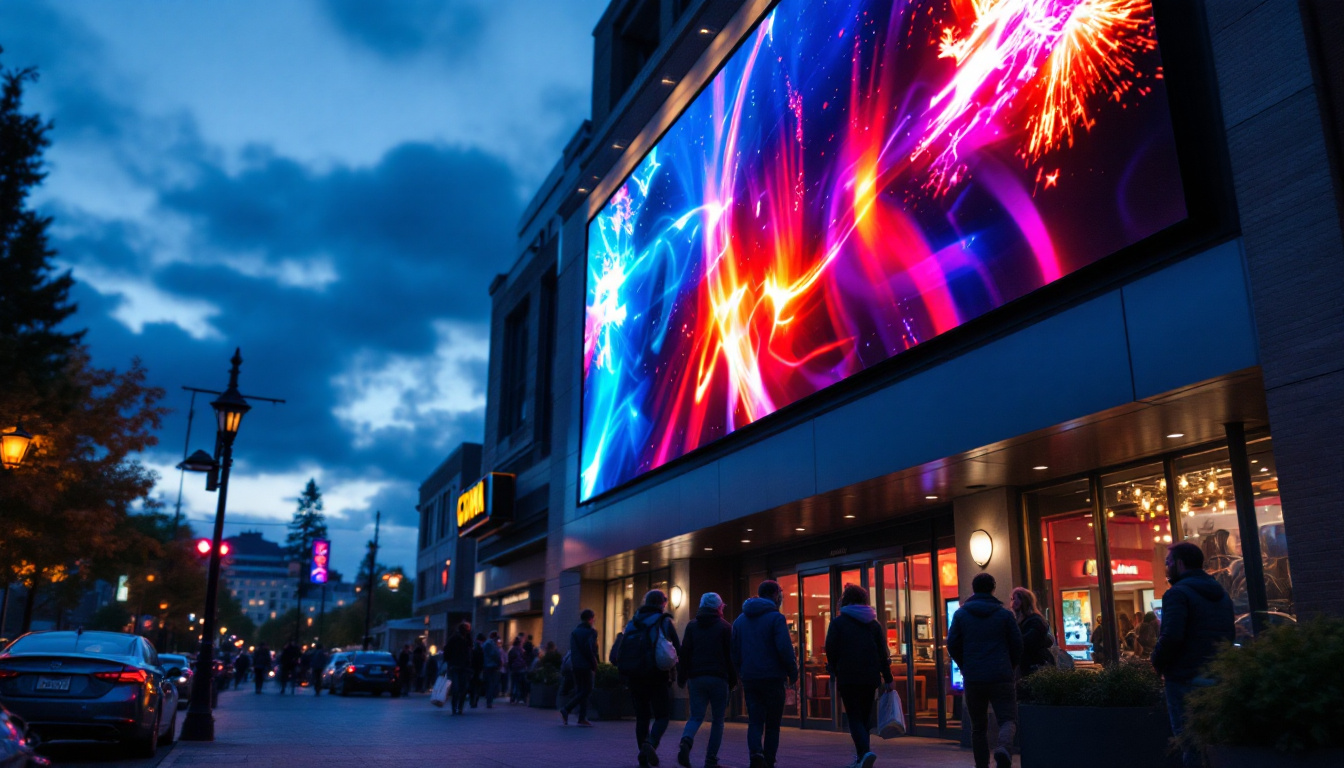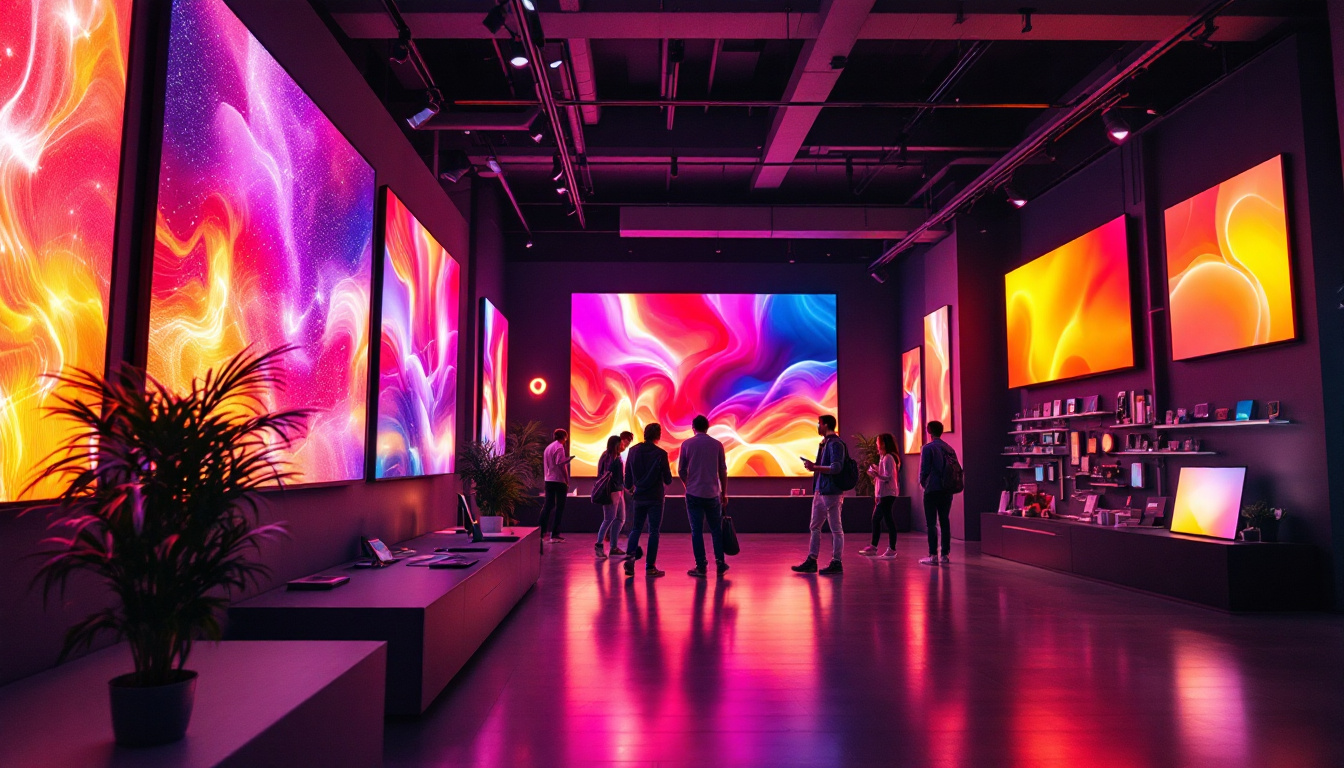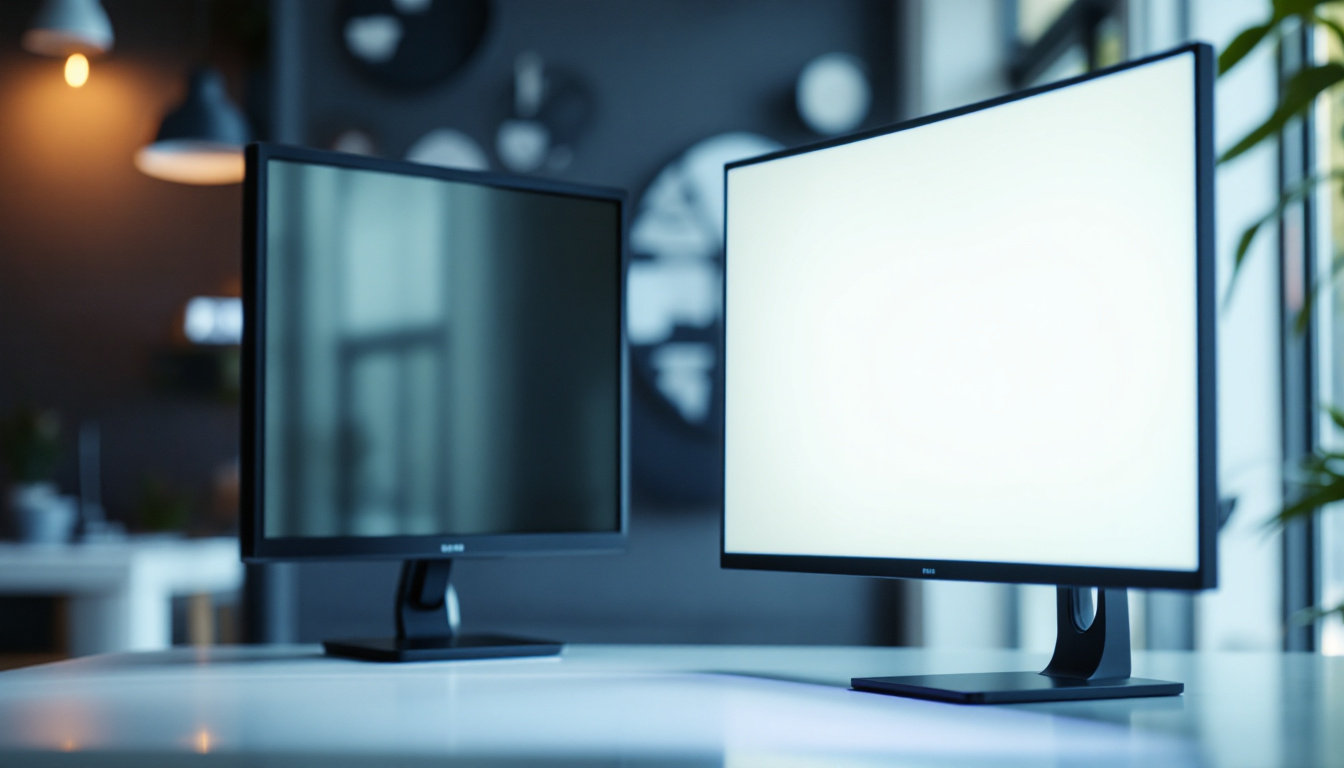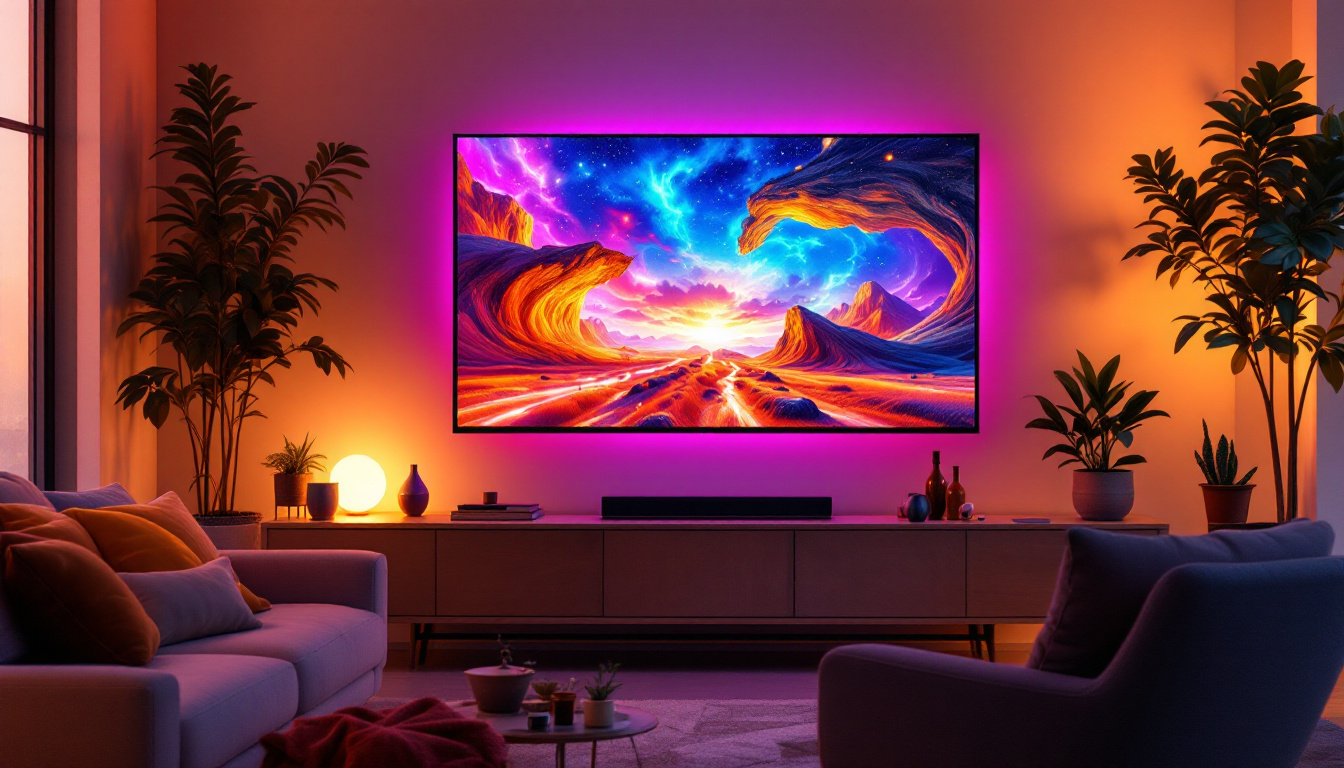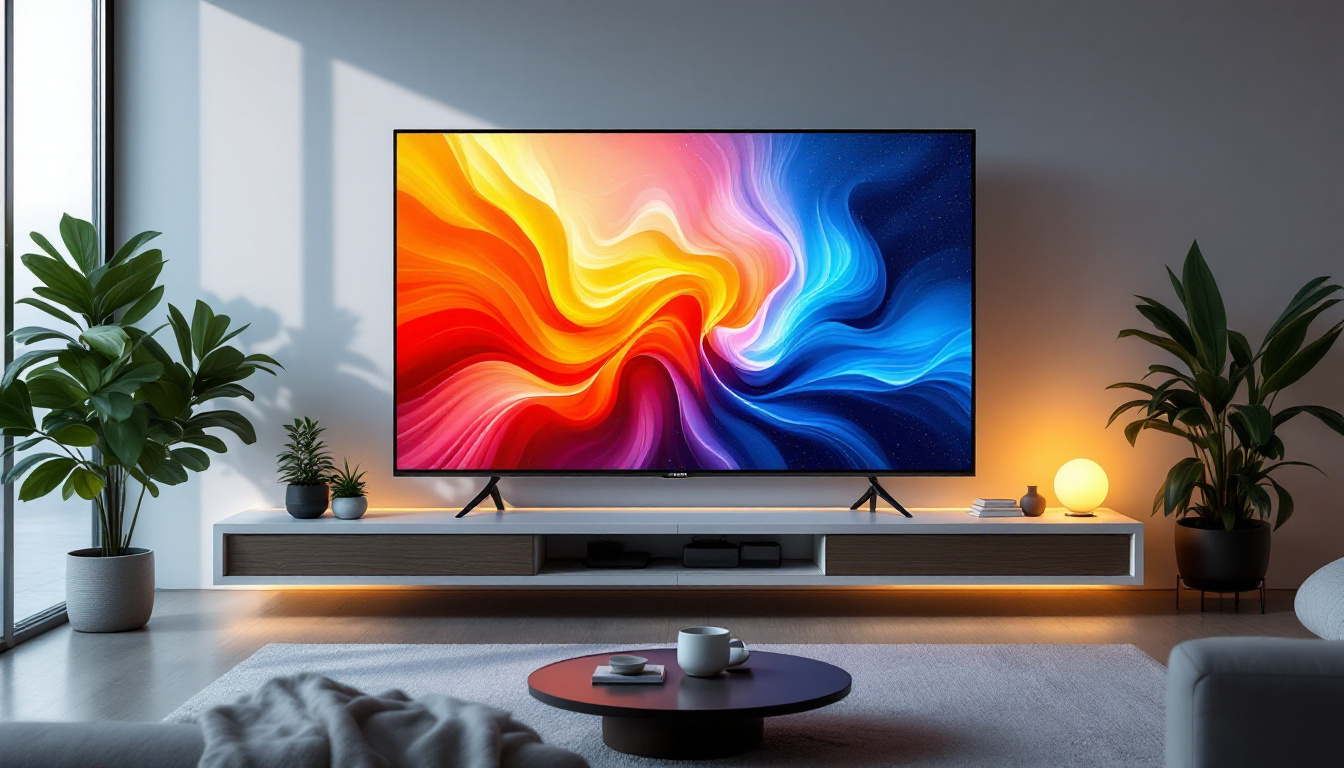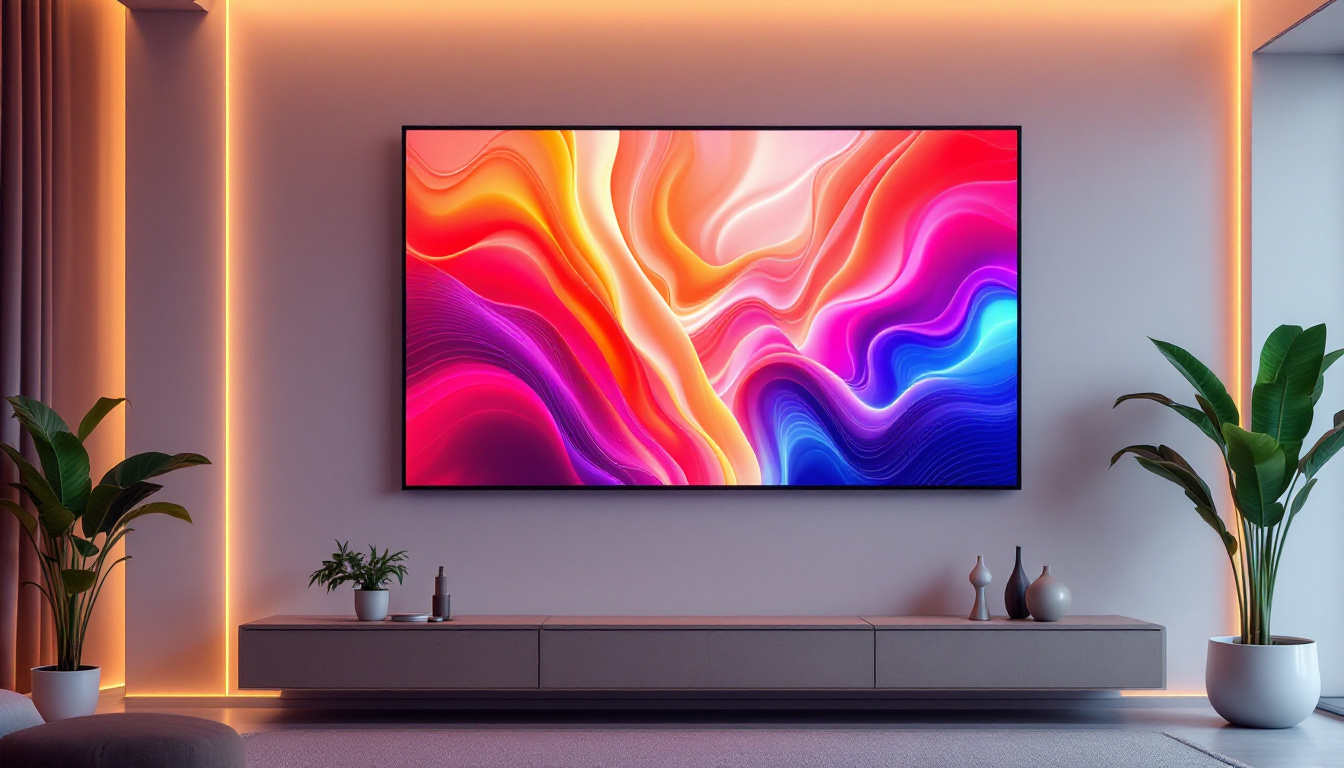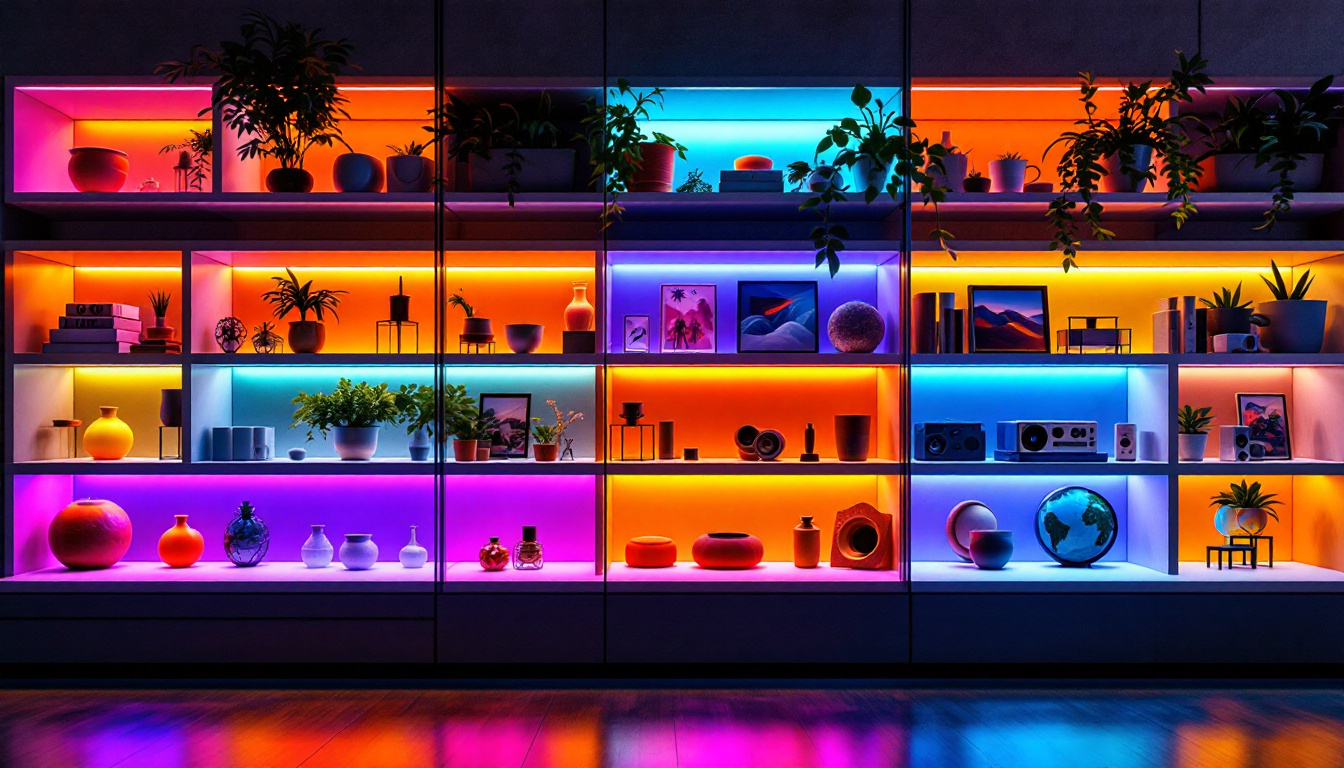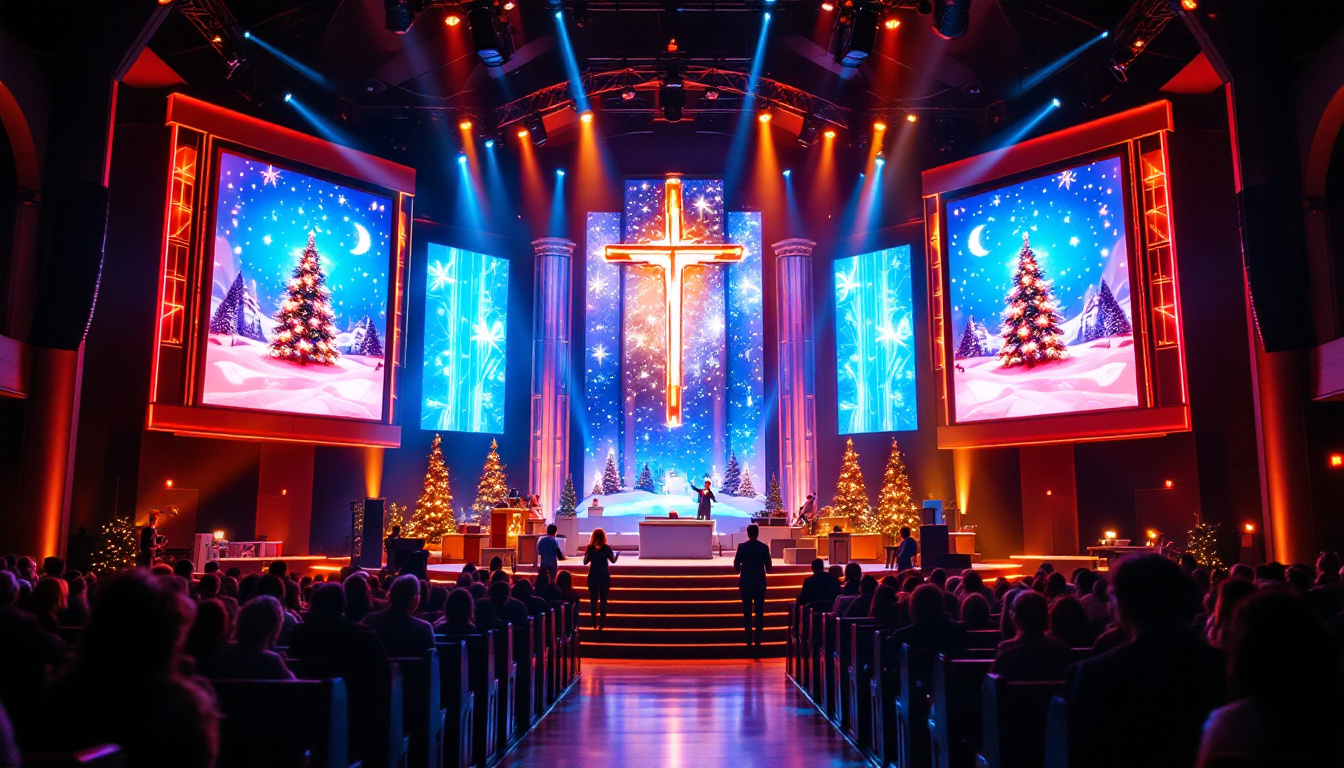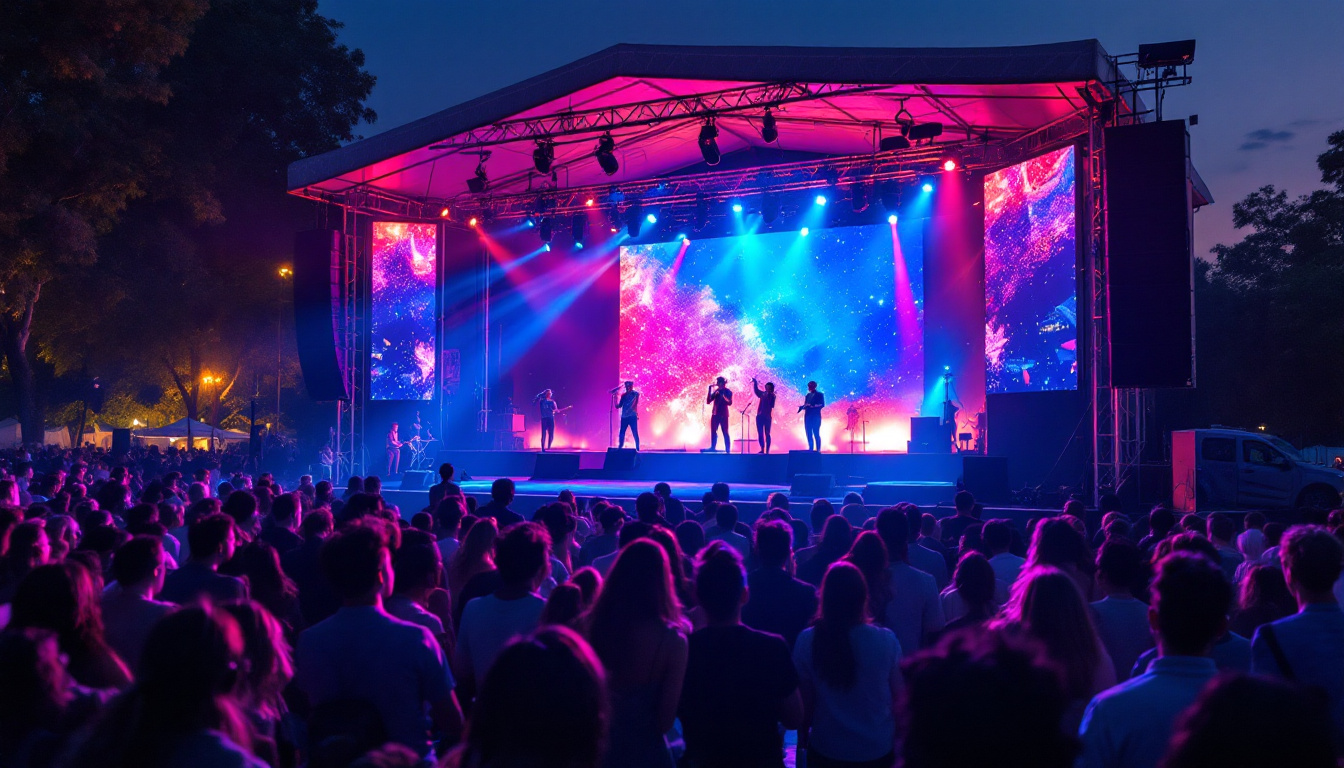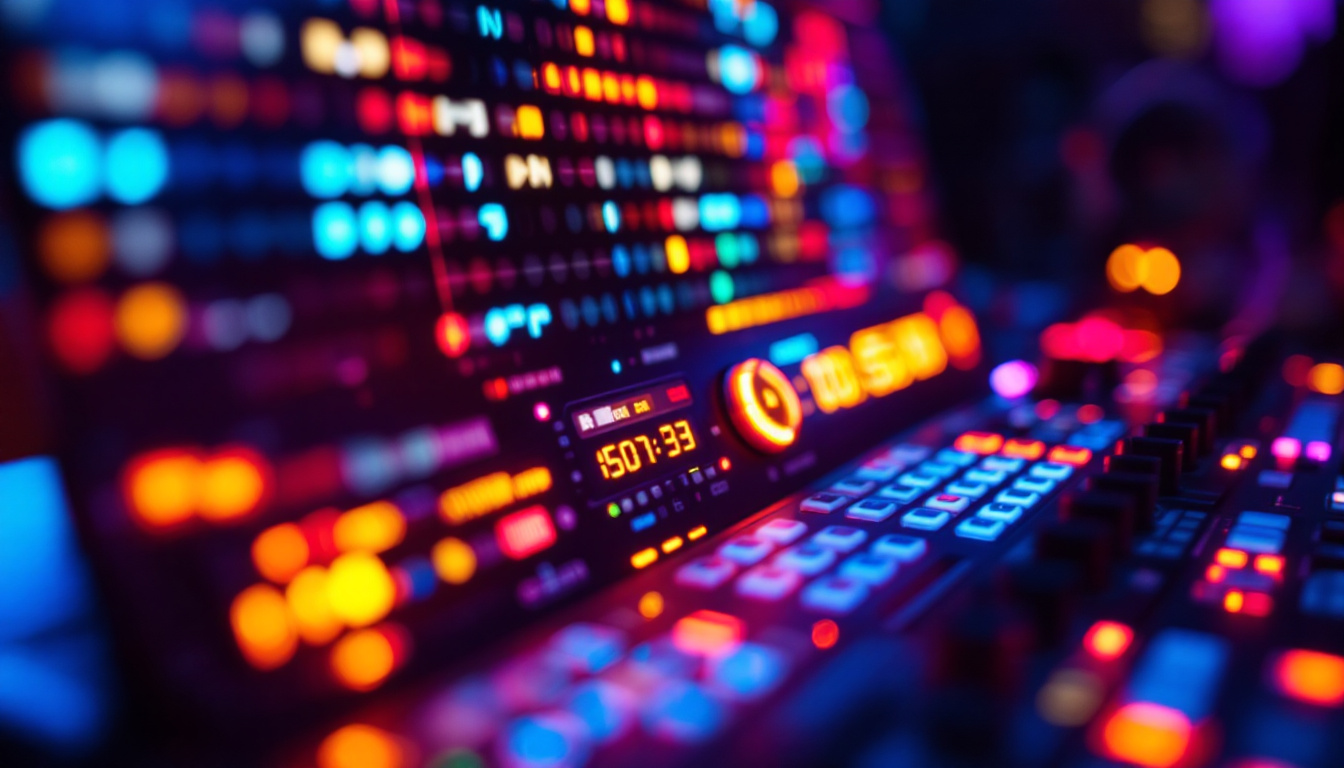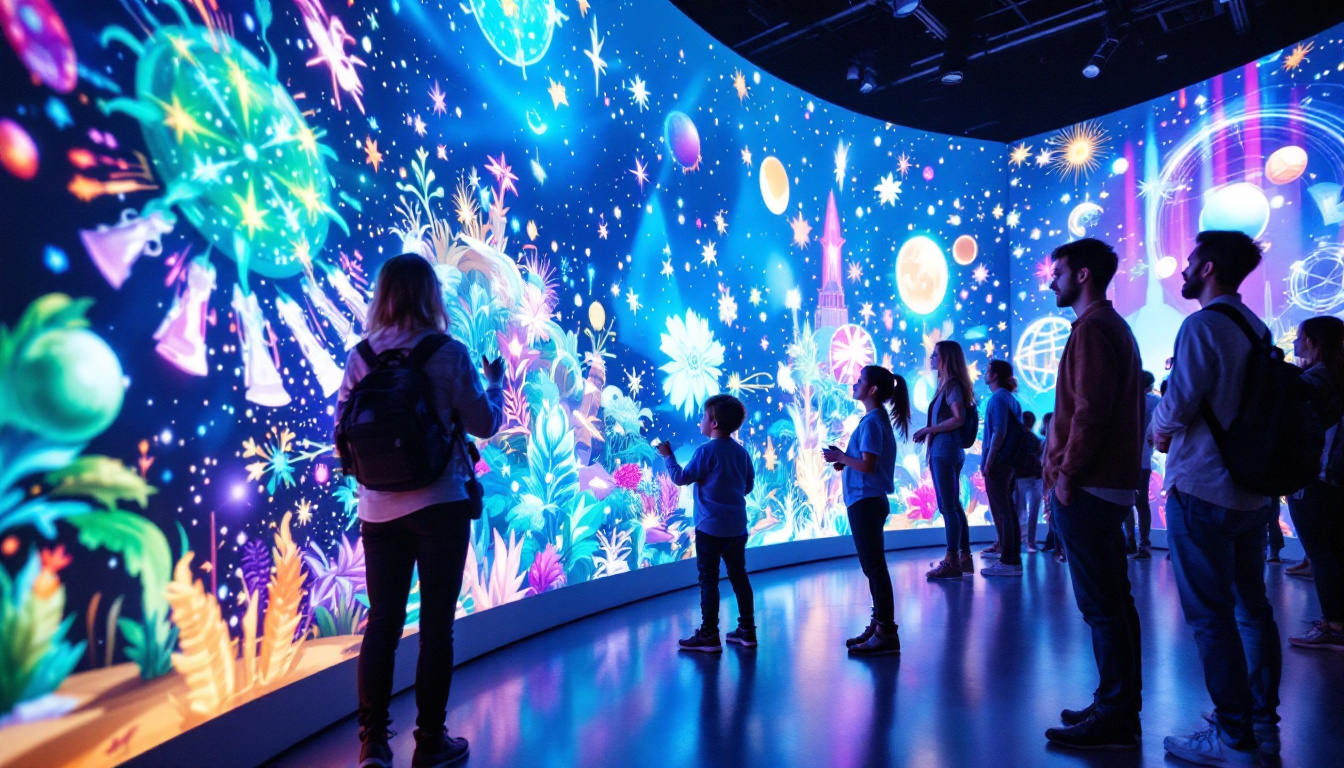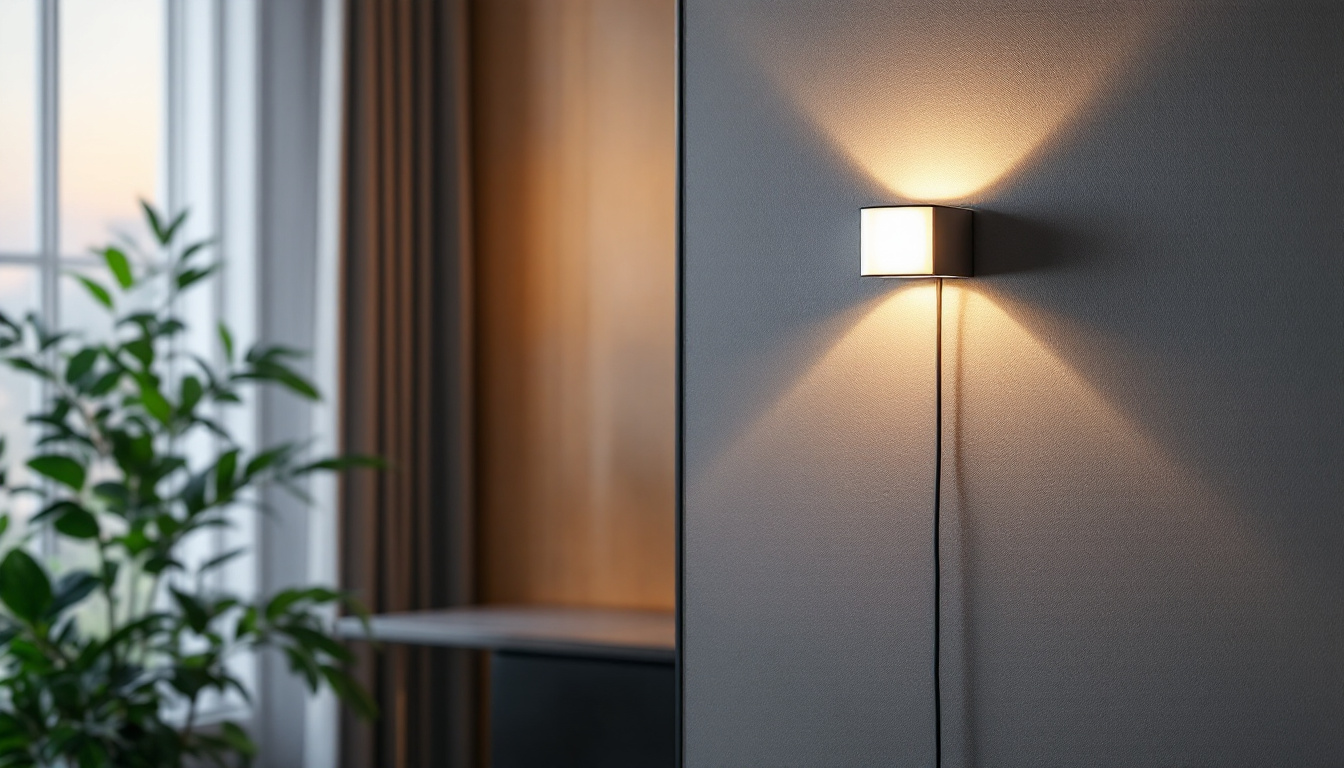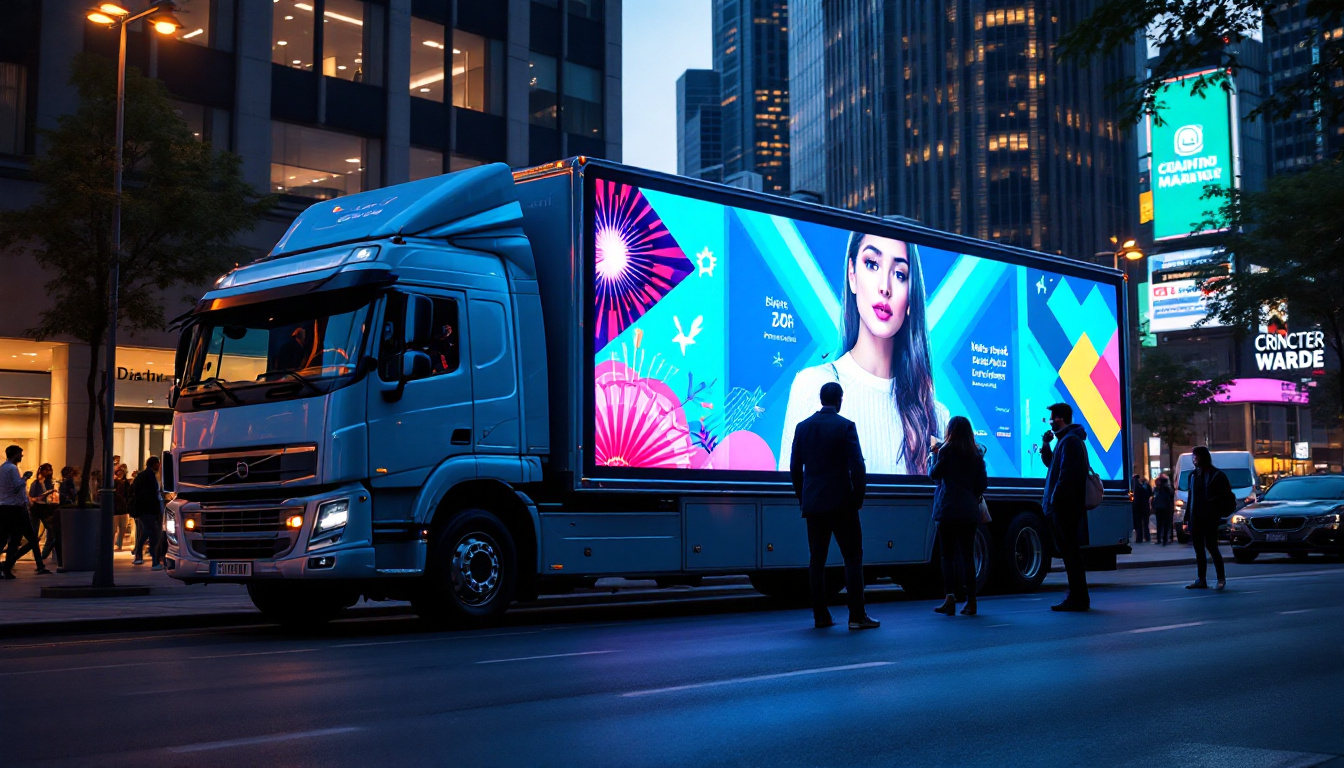The Bureau of Indian Standards (BIS) plays a crucial role in ensuring that products meet specific quality and safety standards in India. One of the areas where BIS certification is essential is in the realm of LED displays. This article delves into the significance of the BIS certificate for LED displays, the certification process, and the implications for manufacturers and consumers alike.
Understanding BIS Certification
BIS certification is a mark of quality assurance that indicates a product has been tested and meets the necessary standards set by the Bureau of Indian Standards. This certification is crucial for various electronic products, including LED displays, as it assures consumers that the product is safe and reliable.
The Importance of BIS Certification
In an era where consumers are increasingly aware of product quality, BIS certification serves as a benchmark. It not only enhances consumer trust but also encourages manufacturers to maintain high standards in their production processes. For LED displays, which are widely used in commercial and residential settings, this certification ensures that the products are energy-efficient, durable, and safe for use.
Moreover, the BIS certification helps in reducing the risk of substandard products entering the market. It acts as a filter, ensuring that only those products that have passed rigorous testing and meet the required specifications are available to consumers. This is particularly important in a market flooded with various electronic goods, where distinguishing between quality and inferior products can be challenging.
Furthermore, the presence of BIS certification can significantly influence purchasing decisions. Consumers often look for this mark as a sign of reliability, which can lead to increased sales for manufacturers who prioritize quality. In competitive markets, having BIS certification can also provide a distinct advantage, as it demonstrates a commitment to excellence and consumer safety, thereby fostering brand loyalty.
Regulatory Framework
The BIS operates under the Ministry of Consumer Affairs, Food & Public Distribution, and is responsible for formulating standards for various products. The regulatory framework for LED displays includes guidelines on performance, safety, and environmental impact. Manufacturers must comply with these guidelines to obtain the BIS certificate.
Additionally, the certification process involves several stages, including product testing, factory inspections, and continuous monitoring. This comprehensive approach ensures that manufacturers adhere to the standards consistently, thus maintaining the integrity of the BIS certification. Each stage of the process is designed to evaluate different aspects of the product, from its energy consumption to its resistance to environmental factors such as humidity and temperature fluctuations.
Moreover, the BIS also collaborates with international standardization bodies to align its guidelines with global practices. This not only helps Indian manufacturers compete on a global scale but also ensures that consumers receive products that meet international safety and quality standards. The ongoing evolution of these regulations reflects the dynamic nature of technology and consumer expectations, making BIS certification a crucial element in the lifecycle of electronic products.
The Certification Process for LED Displays
The process of obtaining a BIS certificate for LED displays is systematic and thorough. It requires manufacturers to follow a series of steps to ensure compliance with the established standards.
Step 1: Application Submission
The first step in the certification process is the submission of an application to the BIS. This application must include detailed information about the LED display, including technical specifications, manufacturing processes, and quality control measures. The more comprehensive the application, the smoother the certification process will be.
In addition to technical specifications, manufacturers must also provide documentation that outlines their compliance with environmental regulations and safety standards. This includes certifications related to hazardous materials and energy efficiency. A well-prepared application not only speeds up the review process but also reflects the manufacturer’s commitment to quality and responsibility in production.
Step 2: Product Testing
Once the application is submitted, the BIS conducts rigorous testing of the LED display. This testing evaluates various parameters, including brightness, color accuracy, energy consumption, and safety features. The goal is to ensure that the product meets the standards set forth by the BIS.
Testing is typically conducted in accredited laboratories that have the necessary equipment and expertise. The results of these tests are crucial, as they determine whether the product can proceed to the next stage of the certification process. Furthermore, these tests may also include assessments for electromagnetic compatibility (EMC) and long-term reliability, ensuring that the LED displays perform consistently under different environmental conditions.
Step 3: Factory Inspection
After successful product testing, a factory inspection is conducted. This inspection assesses the manufacturing processes and quality control measures in place at the production facility. The BIS inspectors evaluate whether the manufacturer adheres to the standards and practices necessary for consistent quality.
During the factory inspection, the BIS team may also review the training and qualifications of the personnel involved in the manufacturing process. This aspect is vital, as skilled workers are essential for maintaining high standards of production. Additionally, the inspection may include a review of the supply chain, ensuring that all components used in the LED displays meet the required specifications. If the factory inspection is successful, the manufacturer is granted the BIS certificate, allowing them to market their LED displays as certified products. However, the process does not end here; ongoing compliance is essential to maintain the certification.
Benefits of BIS Certification for LED Displays
Obtaining a BIS certificate for LED displays offers numerous benefits for manufacturers and consumers alike. This section explores some of the key advantages.
For Manufacturers
One of the primary benefits for manufacturers is the enhanced credibility that comes with BIS certification. It serves as a testament to their commitment to quality and safety, which can significantly boost their market reputation. Additionally, certified products often have a competitive edge in the market, as consumers are more likely to choose products that have been tested and certified by a recognized authority.
Moreover, BIS certification can open up new market opportunities, both domestically and internationally. Many buyers, especially in government and large corporate sectors, prefer or even mandate the purchase of certified products. This can lead to increased sales and profitability for manufacturers.
For Consumers
For consumers, the most significant benefit of BIS certification is the assurance of quality and safety. Purchasing a BIS-certified LED display means that the product has undergone rigorous testing and meets the necessary standards. This reduces the risk of purchasing substandard or unsafe products, providing peace of mind to consumers.
Additionally, certified products are often more energy-efficient, which can lead to cost savings on electricity bills over time. With the growing emphasis on sustainability, consumers are increasingly seeking energy-efficient products, making BIS certification an attractive feature.
Challenges in the Certification Process
While the BIS certification process is designed to ensure quality and safety, it is not without its challenges. Manufacturers may face several hurdles when seeking certification for their LED displays.
Complexity and Cost
The certification process can be complex and time-consuming, requiring significant investment in terms of both time and money. Manufacturers must be prepared for the costs associated with product testing, factory inspections, and potential modifications to meet the required standards.
For smaller manufacturers, these costs can be particularly burdensome, potentially discouraging them from pursuing certification. However, the long-term benefits of certification often outweigh the initial investment, making it a worthwhile endeavor.
Keeping Up with Standards
Another challenge manufacturers face is the need to keep up with evolving standards. The BIS regularly updates its guidelines to reflect advancements in technology and changes in consumer expectations. Manufacturers must stay informed and be willing to adapt their products and processes to maintain compliance.
This can be particularly challenging in the fast-paced world of technology, where innovations occur rapidly. Manufacturers must invest in research and development to ensure their products remain compliant with the latest standards.
The Future of BIS Certification for LED Displays
As technology continues to evolve, the future of BIS certification for LED displays looks promising. With the increasing demand for high-quality, energy-efficient products, the role of BIS certification will become even more critical.
Emphasis on Sustainability
One of the significant trends shaping the future of BIS certification is the growing emphasis on sustainability. As consumers become more environmentally conscious, there is a rising demand for products that are not only high-quality but also eco-friendly. The BIS is likely to incorporate more sustainability criteria into its certification process, encouraging manufacturers to adopt greener practices.
This shift will not only benefit consumers but also contribute to the broader goal of reducing environmental impact. Manufacturers who embrace sustainability will likely find themselves at a competitive advantage in the market.
Technological Advancements
Technological advancements in LED display technology will also influence the BIS certification process. As new features and functionalities are developed, the BIS will need to update its standards to ensure that they remain relevant. This may involve incorporating new testing methods or criteria to evaluate the performance of advanced LED displays.
Manufacturers must be proactive in understanding these changes and adapting their products accordingly. Those who can innovate while maintaining compliance with BIS standards will likely thrive in an increasingly competitive market.
Conclusion
The BIS certificate for LED displays is more than just a regulatory requirement; it is a mark of quality and safety that benefits manufacturers and consumers alike. While the certification process can be complex and challenging, the advantages it offers make it a worthwhile pursuit. As the market for LED displays continues to grow and evolve, the importance of BIS certification will only increase.
Manufacturers who prioritize obtaining and maintaining BIS certification will not only enhance their credibility but also contribute to a safer and more reliable marketplace. For consumers, choosing BIS-certified products provides assurance of quality, safety, and sustainability, making informed purchasing decisions easier.
In a world where technology is constantly advancing, the BIS certification process will need to adapt to ensure that it continues to meet the needs of consumers and manufacturers. By embracing these changes, the BIS can help shape the future of LED displays in India, fostering innovation while maintaining high standards of quality and safety.
Discover LumenMatrix’s Certified LED Display Excellence
Embrace the future of visual communication with LumenMatrix, a pioneer in LED display technology. Our commitment to quality, safety, and sustainability is reflected in our BIS-certified range of LED display solutions. From vibrant Indoor and Outdoor LED Wall Displays to dynamic Vehicle and Sports LED Displays, and even innovative Custom and All-in-One LED Display options, LumenMatrix is at the forefront of creating immersive visual experiences. Elevate your brand’s presence and engage your audience like never before. Check out LumenMatrix LED Display Solutions today and witness the power of advanced, certified technology in action.

